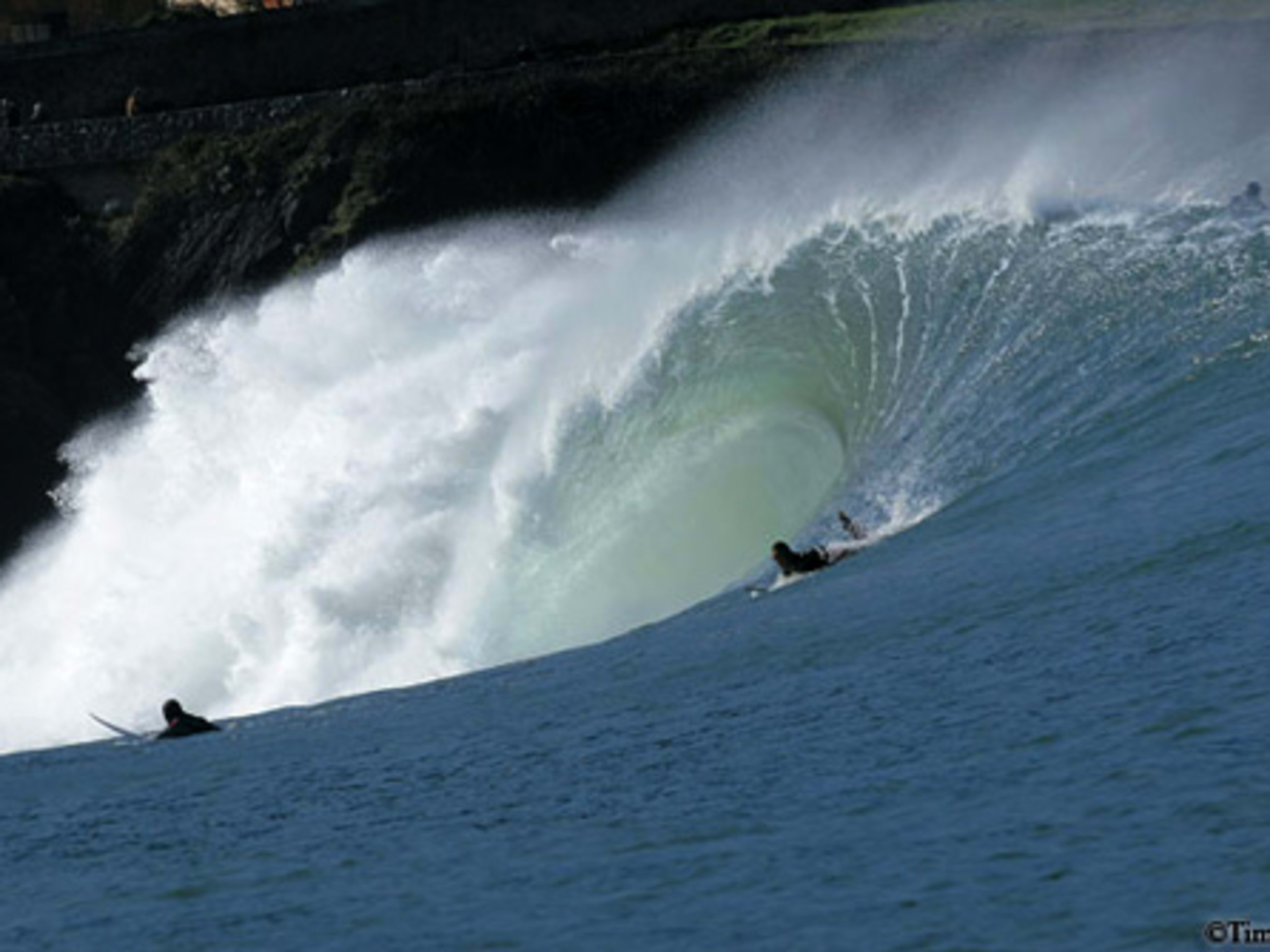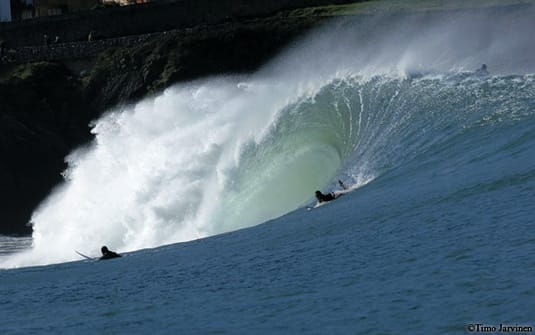SURFER SPOTS: MUNDAKA

The Arena Media Brands, LLC and respective content providers to this website may receive compensation for some links to products and services on this website.

Notorious world-class left that breaks like a point on a perfect sand bank
built by a rivermouth. The shifting sand bottom has changed the wave’s
characteristics over the years. Long, hollow, challenging wave when on, best
at low-to-middle tide. Lacks consistency: needs decent size N-NW swell. Get
in by paddling out from the harbor or jumping off the rocks, close to the
take-off zone. No close-outs here unless very big. The deep water channel
should be used to get back out to the line-up if caught inside. The rip is
quite strong so don’t get too far out past the first line-up. Second section
is the next take-off zone about 100 yards farther. Watch out for outside
sets. Shifting peaks, cold water, stormy conditions, regular crowds, and
unreal power can justify a 7′ something gun (Gath helmets are common as
well). Fall is the best for clean conditions, colder water in spring comes
from melting snow. No more harbor development threats. Epic scenery.
Expensive hotels but good camping. Charming harbor village.
The Surf
In the late 70’s the fist surf shops blossomed, but the sport remained
marginal until the mid-80’s. Since then, two surf magazines (360 and Surfer
Rule), a fair number of EPSA (European) contests in Mundaca, Liencres and
Tapia, and an ASP contest in Zarautz, show an obvious growth in wave sports.
Most of the surf is a beach break, which is generally not as hollow or well
shaped as in France. Don’t be deceived by the number of spots, most of them
are inconsistent. Dozens of rivermouths produce pretty stable lefts,
however, Mundaca and Rodiles being the most outstanding examples. A
reasonable number of quality reef breaks have been discovered quite
recently, most of them being hidden behind high cliffs, being consequently
less crowded.
Best overall season is October-November if you consider the probability of
getting strong, clean swell together with pleasant temperatures. Spain, with
its northern exposure, definitely required more swell. That means summertime
(June-September) suffers long flat spells; the few W-NW exposed spots are
often close to cities, and are saturated with crowds. Avoid this period, you
would miss the standout reefs and rivermouths that need swell to go off. As
a matter of fact, December to March is a consistent period with cool weather
but real hopes are for high pressure protecting the country against raging
storms, that will bring decent weather and perfect surf. April to May can be
consistent as well but the weather will be more rainy and the rivermouths
will be damn cold.
When trying to make out which region is the more appropriate for good
waves, here are a few facts: First, Pais Vasco offers the cleanest and
warmest surf, enjoys a proximity with more consistent and open beach breaks
of France but may be the most crowded area.